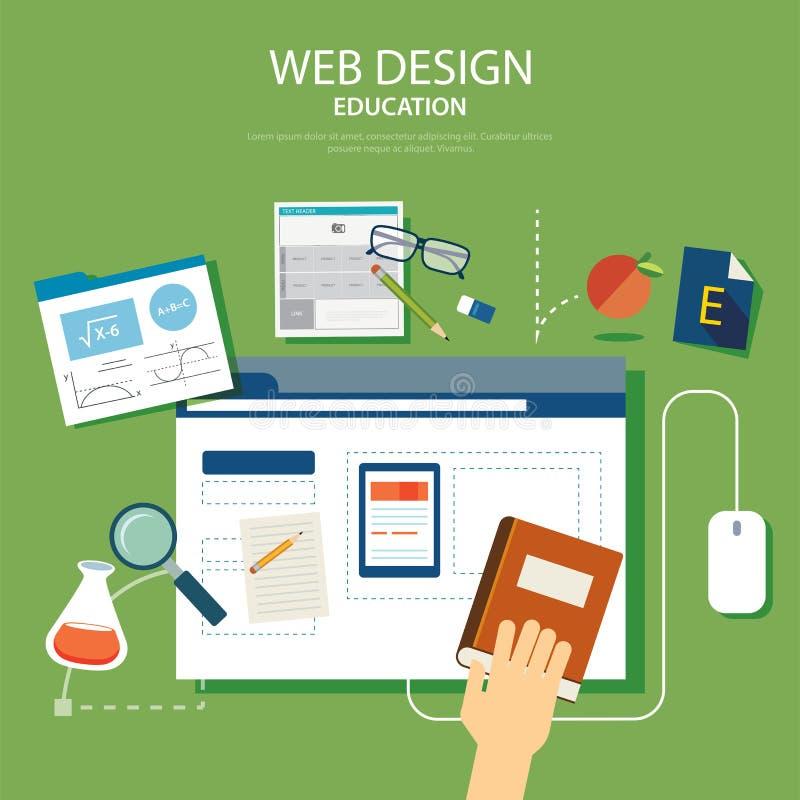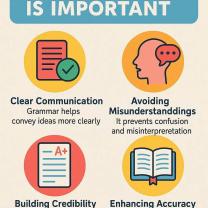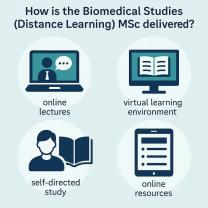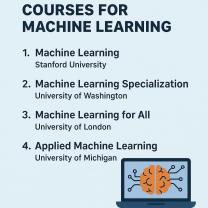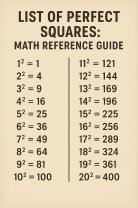What is web design education?
Web design education encompasses the learning and acquisition of skills necessary to create visually appealing, functional, and user-friendly websites. It involves a combination of design principles, technical skills, and understanding user experience to develop websites that meet both aesthetic and functional requirements.
Key components of web design education typically include:
HTML and CSS: Understanding Hypertext Markup Language (HTML) for structuring web content and Cascading Style Sheets (CSS) for styling and layout purposes.
Design Principles: Learning design fundamentals such as color theory, typography, layout design, and visual hierarchy to create aesthetically pleasing and cohesive web designs.
User Experience (UX) Design: Studying user behavior, usability principles, and information architecture to ensure websites are intuitive and provide a positive experience for visitors.
Responsive Design: Learning techniques to create websites that adapt and function seamlessly across various devices and screen sizes, including mobile responsiveness.
Web Graphics and Multimedia: Incorporating graphics, images, videos, and other multimedia elements effectively into web designs.
Coding Languages and Frameworks: Exploring coding languages like JavaScript, along with libraries and frameworks like jQuery or Bootstrap, to enhance interactivity and functionality.
Content Management Systems (CMS): Understanding CMS platforms like WordPress, Joomla, or Drupal, which facilitate the creation and management of website content.
Search Engine Optimization (SEO): Familiarity with SEO principles to optimize websites for better visibility and ranking in search engine results.
Prototyping and Wireframing: Using prototyping and wireframing tools to create mockups and prototypes of web designs before implementation.
Web design education can be pursued through various avenues, including formal education at universities or colleges offering degrees in web design, specialized courses or bootcamps, online tutorials, and self-study through books and resources available on the internet.
The scope of web design education is broad and constantly evolving due to technological advancements and design trends. Professionals in this field continue to learn and adapt to new tools, techniques, and technologies to create innovative and user-centric web experiences.
What does a web design education typically entail?
Web design education can encompass a diverse range of subjects and skills, depending on the program or course you choose. Here's a breakdown of what you can typically expect:
Foundational Design Principles:
- Visual design: Exploring color theory, typography, layout, and composition to create aesthetically pleasing and effective user interfaces.
- Usability and accessibility: Learning how to design websites that are easy to use and navigate for all users, including those with disabilities.
- Information architecture: Structuring website content in a clear and logical way to optimize usability and user experience.
- Design thinking and problem-solving: Developing your ability to analyze user needs, identify design challenges, and create innovative solutions.
Technical Skills:
- Web development tools and technologies: Mastering essential tools like Adobe XD, Figma, Sketch, Webflow, and learning front-end languages like HTML, CSS, and JavaScript (including frameworks like React or Vue.js).
- Graphic design software: Gaining proficiency in tools like Adobe Photoshop, Illustrator, and InDesign for creating design elements like logos, icons, and illustrations.
- Version control: Utilizing tools like Git for managing code changes and collaborating with other developers.
Additional Areas:
- Branding and design systems: Understanding how to create consistent visual identities and design systems for websites and web applications.
- User research and testing: Learning how to conduct user research to gather feedback and data that informs your design decisions.
- Responsive design and mobile optimization: Designing websites that adapt to different screen sizes and devices, ensuring optimal user experience across all platforms.
- Web accessibility standards and guidelines: Learning how to make websites accessible to everyone, including users with disabilities.
Course Structures:
Web design education comes in various formats, from short bootcamps to intensive degree programs. The specific mix of subjects and the depth of your technical training will depend on your chosen program.
- Bootcamps: Typically focus on practical skills and rapid learning, providing foundational knowledge of web design principles and tools.
- Associate's and Bachelor's degree programs: Offer a more comprehensive education, encompassing design theory, technical skills, and broader knowledge of related fields like communication, marketing, or computer science.
- Online courses and workshops: Provide flexible learning options for specific skills or areas of interest within web design.
Remember: Web design is a dynamic field, and continuous learning and staying updated with the latest trends are crucial for success. Choose a program or course that aligns with your learning style, career goals, and desired level of technical expertise.
I hope this overview helps you understand what a web design education typically entails! Feel free to ask if you have any further questions about specific aspects of web design education or career paths in this field.
